You have individuals, who are always cleaning and tuning their cars or bikes. Looking to preserve, maintain and get the best they can get from their prized toys. On the other hand, you have those that are always looking for the best in creams, fashion, etc.. But exercise? That is a different story. Little do they know, of what they are missing out on.
EXERCISE, what happens to your body when
Ever wonder what happens to your body when you exercise? As it turns out, there are a lot of changes that occur in the brain and muscles. For example, when we run or do any other type of physical activity, our neurons release chemicals called endorphins which make us feel good. This is why many people like to exercise!
If you're like most people, exercising is a part of your daily life. You know that it's one of the best things you can do for yourself and how it helps to improve your overall health. But what happens when we exercise? How does it affect our bodies? And why is there so much conflicting information out there about what types of exercises are the right ones to do if we want to be healthy and fit?
The answer: It depends on who you ask! Each person has their own personal opinion on which exercises they believe are the "best" in terms of getting all-around benefits from cardio, strength training, balance work, etc. There really isn't one correct answer--everyone's body responds differently depending on their
It's time to get up and move!
It's time to get up and move! Whether you're looking for a new way to shed some pounds or just want to feel better about yourself, exercise is the key. But what happens when you hit the gym? What does your body do during that hour of sweating it out on an elliptical machine? Don't worry, we gotcha covered. Read our blog post now for all the details on how exercising benefits your body!

What happens to your body when you start exercising?
Aerobic exercise, such as running or cycling, gets your heart rate up and makes you breathe harder. Anaerobic exercise, such as weightlifting or sprinting, causes your muscles to contract forcefully and quickly.
When you start exercising, your body responds in several ways:
1. Your heart rate increases as it pumps more blood to your muscles.
2. Your breathing becomes more rapid as you take in more oxygen.
3. Your body temperature rises as you produce more heat.
4. The amount of blood sugar in your bloodstream increases as your muscles start using glucose for energy.
5. You start to sweat as your body tries to cool itself down.
6. Your body releases endorphins, which can make you feel good and help to improve your mood.
7. You may feel tired but after a while, you will feel more energetic.

All of these responses are normal and healthy. They mean that your body is getting ready to work hard and that you are starting to benefit from exercise. The more often you exercise, the more these benefits will increase.
If you have been inactive for a long time, it is important to start slowly and build up gradually. Speak to your doctor if you have any health concerns. Otherwise, aim to exercise for at least 30 minutes most days of the week. This can be done in one session or several shorter sessions.
Exercise is an excellent way to improve your overall health and well-being. It can help you lose weight, tone up your body, and reduce your risk of diseases such as heart disease and diabetes. Exercise also has positive effects on your mental health, including reducing stress levels and improving moods.
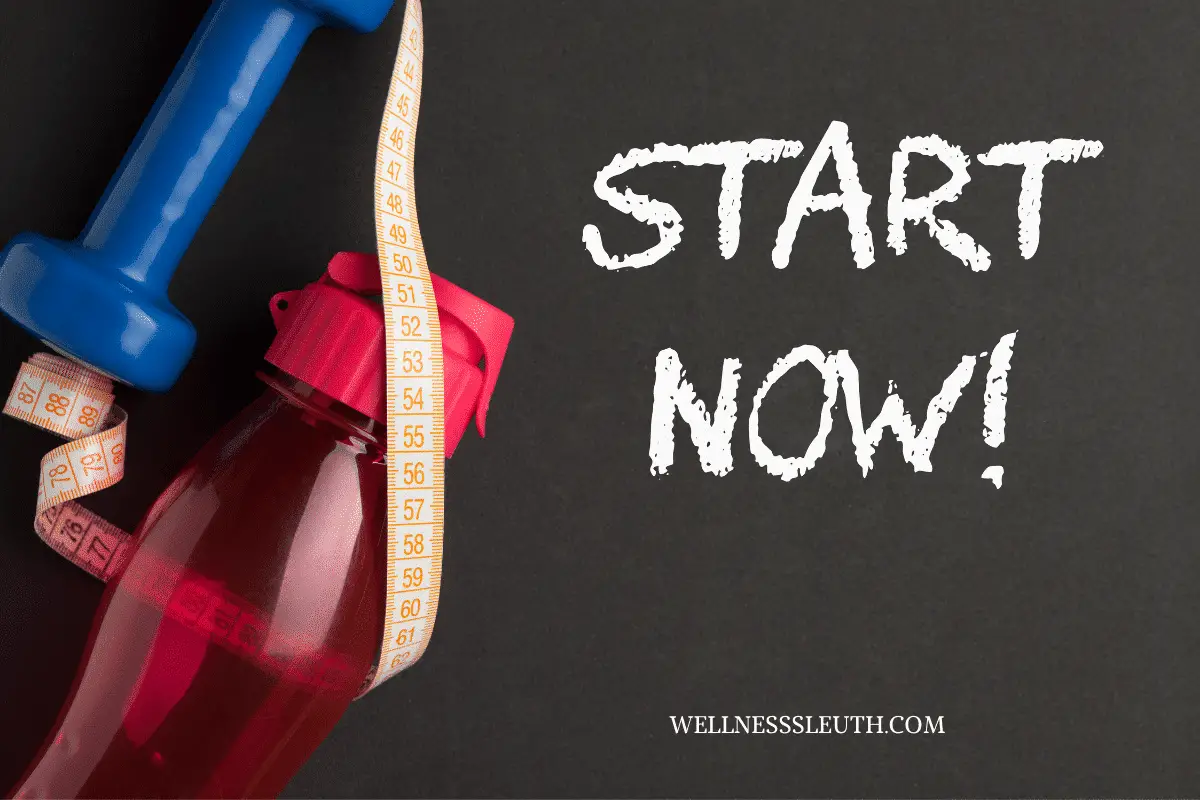
How much exercise do I really need?
As we begin a new year and many of us make the promise to get into shape, you may be asking yourself how much exercise do I really need? What kind of exercise should I be doing? Is it enough to walk every day or will that not cut it? If you're looking for specific guidelines on what type and length of workouts are ideal, you'll be disappointed. There isn't one set of instructions that will work for everyone because we all have different goals, different ways of living, and of course different levels of fitness.
Generally speaking though, you should aim to get at least 150 minutes of exercise each week. That may sound like a lot but it doesn't have to be all at once. You could break it down into 30-minute sessions five times a week or even 10-minute sessions 15 times a week. And don't forget, any physical activity is better than none so if you can't fit in a full 30 minutes, try doing three 10 minute workouts instead.
When it comes to the best type of exercise for weight loss and belly fat, there are a few different options to consider. One is aerobic exercise, which includes activities like walking, running, biking, and swimming. These types of exercises get your heart rate up and help burn calories. Another great option for burning belly fat is strength training. This involves using weights or resistance bands to work your muscles. Strength training not only helps burn calories, but it can also help you build muscle mass and tone your body.

A third option for working out and burning belly fat is to mix aerobic exercise with strength training. This is called interval training and it's a great way to maximize your workout time. Interval training involves alternating between short bursts of high-intensity aerobic exercise and short bursts of strength training. This type of workout is really effective for burning calories and belly fat.
So, how do you know which type of exercise is best for you? The best way to find out is to try a variety of exercises and see what works best for your body and your goals. You may find that you love running but hate strength training or vice versa. The important thing is to find exercises that you enjoy and will stick with so you can reach your fitness goals.
If you're just starting out, it's a good idea, to begin with, aerobic exercise. This is a great way to get your body used to work out and it's a great way to burn calories. After you've been exercising regularly for a few weeks, mix in some strength training exercises. This will tone your muscles and make your body tighten up giving you the sculpted look you're looking for.
As you get more comfortable with the exercise, consider adding interval training into your routines. These types of workouts are great because they're really effective and they only take a few minutes to complete. If you can't fit in a full 30-minute workout, try doing three 10 minute workouts instead. And don't forget, physical activity is better than none so even if you can only fit in a few minutes each day, it's still helping your body stay healthy and fit. There is always KettleBells ,
What can happen if you don't get enough exercise?
If you're not getting enough exercise, your body can become unhealthy. You may start to gain weight, especially around your belly. You may also get sick more often, and have a harder time fighting off infection. Exercise is one of the best ways to stay healthy and prevent disease.

Why it's important not to overdo it at first and injure yourself?
When you first start exercising, it's important not to overdo it. You might be eager to see results, but if you injure yourself, you'll set back your progress. It's also important to start slowly so that your body can get used to the new activity.
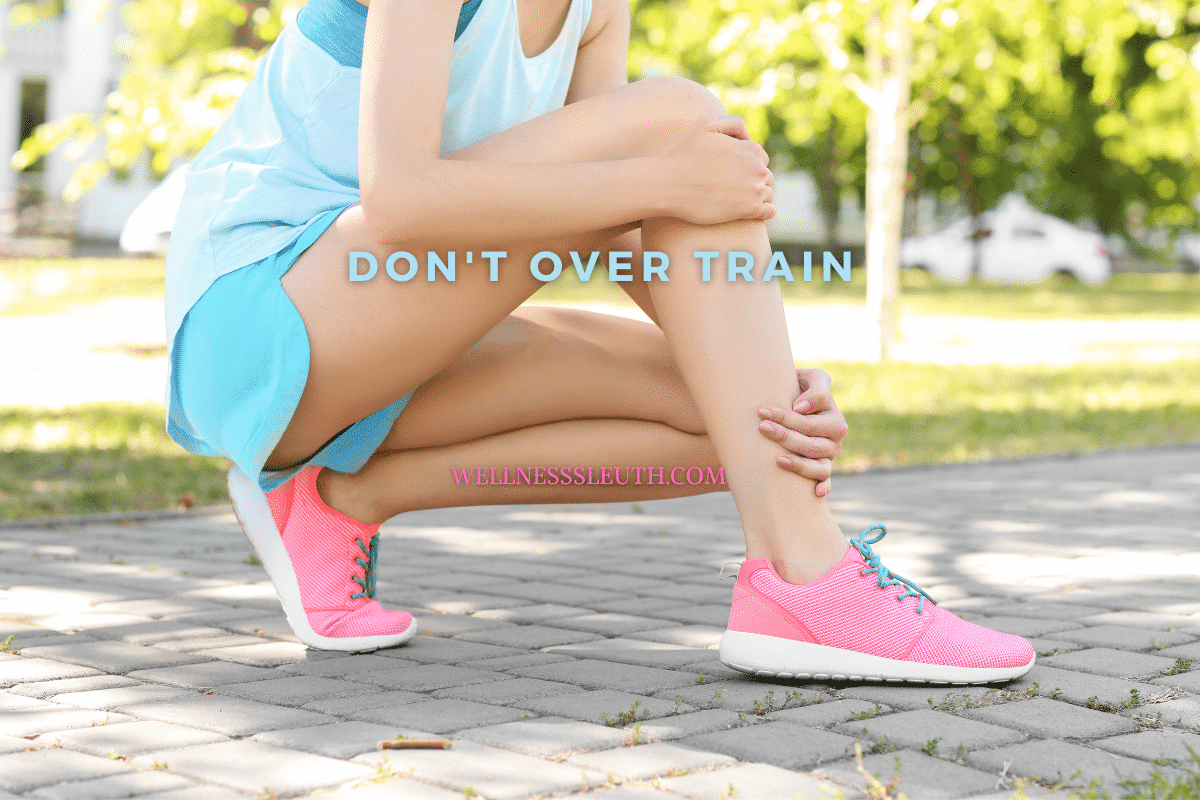
If you start out too hard, you might end up feeling sore and not want to exercise at all. If you've been inactive and try to start exercising, your body needs time to adjust.
Exercise is a long-term commitment
Now that you know what happens during the first few minutes and hours of exercise, it's important to start slowly so you don't overdo it in the beginning. Remember, exercise is a long-term commitment, and you should never feel discouraged if your body doesn't immediately or dramatically change. Simply continue to work out at a level that's comfortable for you, and your body will adapt as time goes on.
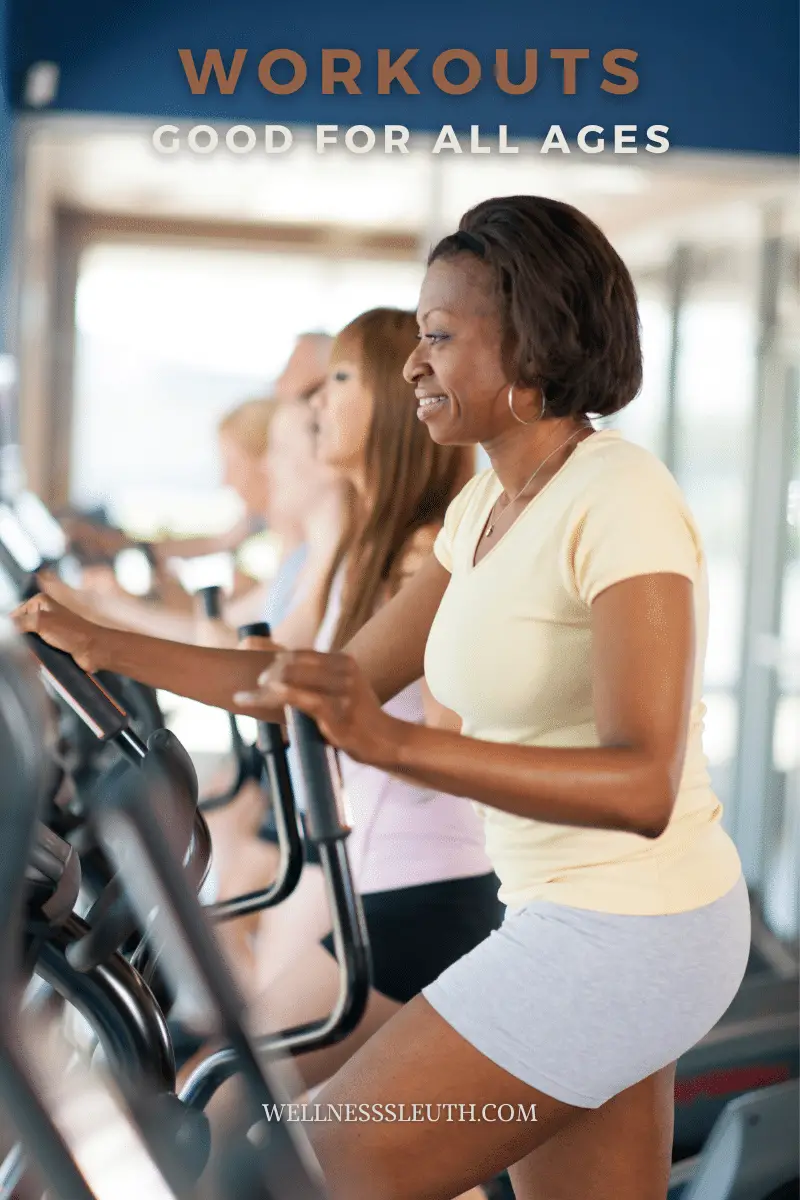
Gradually increase the intensity of your workout.


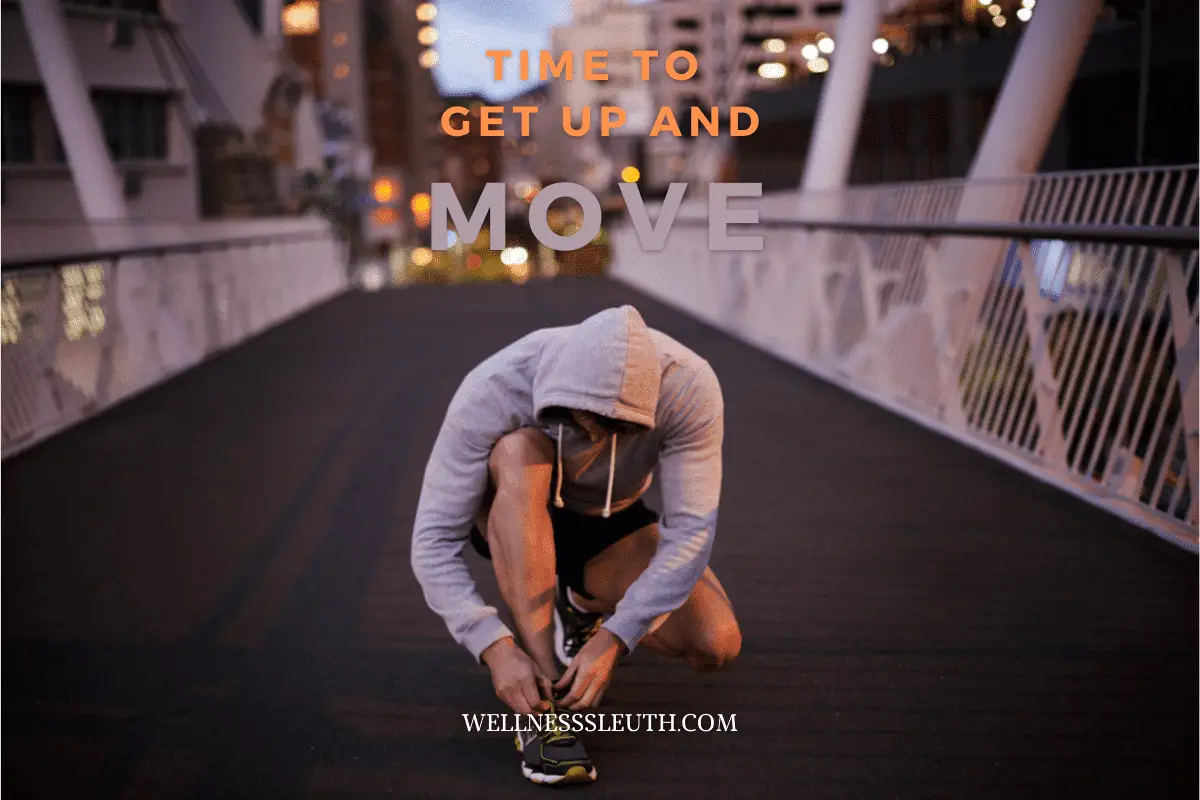
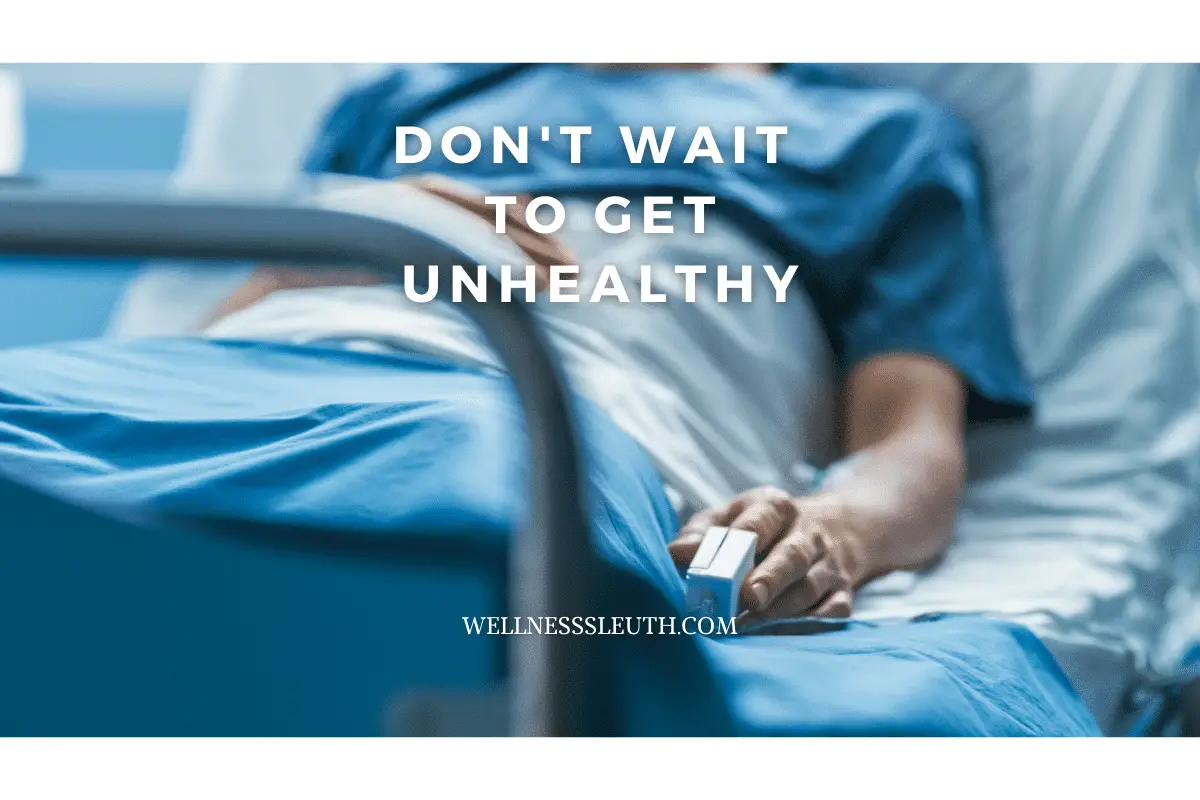








Leave a Reply
You must be logged in to post a comment.